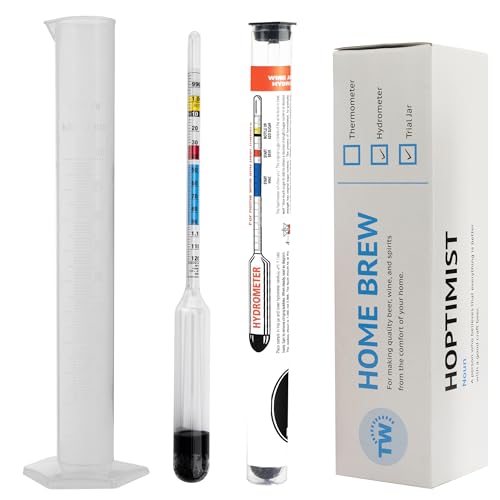1) The opposite, more esters in the open fv, then moved to a closed fv when exposure to oxygen becomes problematic.
2) Oxygen has been removed from the receiving keg and replaced with co2, so there should be negligible oxygen exposure. The advantages can be, removing yeast and trub when ageing, introducing less O2 when dry hopping, etc. Plastic fv's aren't ideal for ageing beer as they can be permiable to oxygen. There's other things I can do. Such as carbonate beer naturally as you would with cask, or put the keg somewhere cold to lager, like outside in winter. All freeing up the fv and brew fridge.
Sometimes is just a handy, safe, oxygen free environment to hold beer in, when other commitments get in the way of brewing. I don't need to worry if its fully fermented out and safe to bottle. Particularly when you factor in diastatic yeasts or hop creep. I can transfer to keg and let it fully attenuate and condition, then bottle, or keg and carbonate at later date.
I see secondary as a process, not another plastic bucket.








































